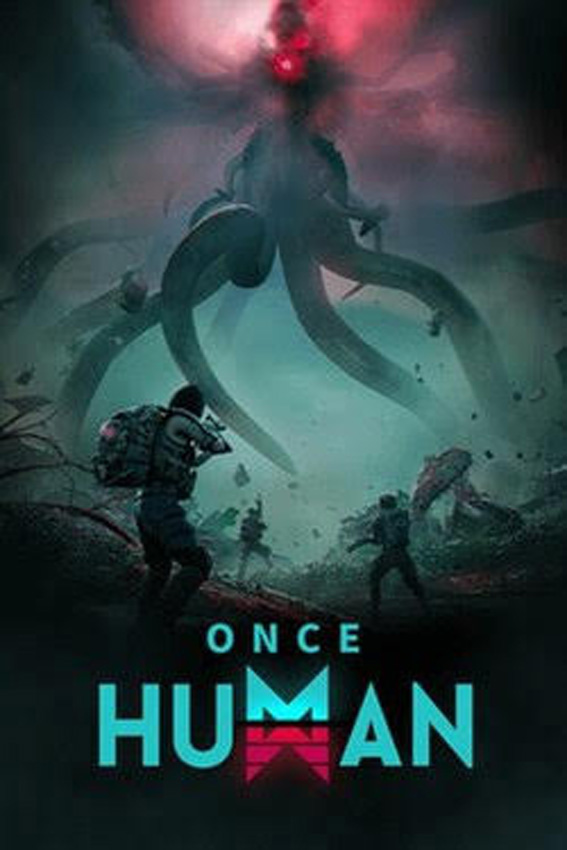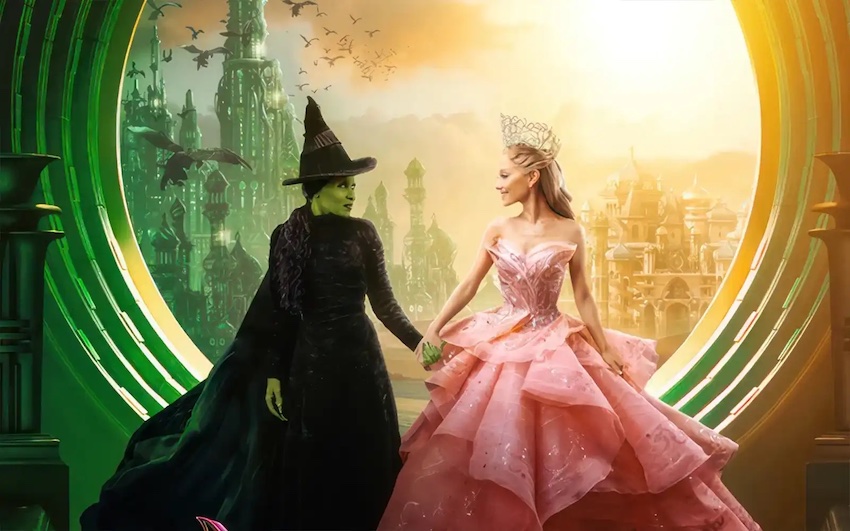Gone is an insufferable movie. That’s all it is. It isn’t so eye-gougingly terrible that one feels physical anger towards it, but it isn’t good enough to be recommended in the slightest.
The film, directed by Heitor Dhalia and released Feb. 24, revolves around a girl named Jill (Amanda Seyfried), who was kidnapped a year ago, thrown into a hole full of human remains, and left to be killed by the kidnapper. She escaped after a struggle with her assailant and now lives with her sister Molly, (Emily Wickersham).
One morning, Jill comes home from her job at a small diner to find her sister missing. She goes to the police sergeant who handled her case, known simply as Powers (Daniel Sunjata). Jill believes that her antagonist came back for her, and when she wasn’t home, took her sister instead.
Sergeant Powers doesn’t believe her, due mainly to the fact that her case only turned up a bunch of dead ends, and because she was involuntarily checked into a psych ward for two months.
Since the police aren’t going to be of any help, Jill sets out to find Molly, her kidnapper and exact vengeance on the latter.
This all sounds like it could make for a decent-enough mystery movie, but the execution of Gone is so exceptionally lacking that I found myself struggling to stay awake for the film’s 95 minutes. It also doesn’t help that an educated viewer will guess the villain within the first 10 or 15 minutes.
The plot also gets way to convoluted for its own good. The film features a subplot revolving around Jill carrying a gun that serves no purpose except to have the police chasing her, in a desperate attempt to add action to a film that mostly consists of boring conversations with shop-owners and janitors.
Also, the story behind Jill’s kidnapping isn’t explained in an opening scene. Instead, it is fed to the audience through barely-explained flashbacks that completely break the flow of the movie.
The film features subpar acting by all of its leads. Seyfried flip-flops from complete desperation to total benign innocence almost constantly, and Daniel Sunjata plays his police chief stereotype with a boredom that screams, “Well, the studio’s paying me six figures, so I guess it’s not that bad.”
That being said, the incidental acting is kind of great. The no-names who appear on screen for a maximum of three minutes feel lived-in and believable. This probably speaks to the quality of the rest of the acting, but I found myself wondering what movies I’d see some of these actors in next. Also, there is a guy who seems overwhelmingly excited to be playing the role of “Skater” in this film.
The camerawork is competent, but nothing exciting. The whole film is shot with an overcast, blue filter on everything. This feels like an attempt to build mood and a sense of foreboding, but instead makes everything feel very mundane and tired.
I will, however, give the filmmakers credit for not relying on a shaky camera to artificially build tension. The majority of the shots utilize tripods a little too much, but the style can be beneficial because it allows viewers to see everything. However, tripods also hurt because they add to the film’s sleepy feeling.
The music is another thing that feels a little bit out of place. It would have worked perfectly if the film didn’t try to sporadically be exciting. The music picks up during the occasionally creepy climax, but other than that, it all feels very bland.
The only truly terrible thing about the movie is the dialogue. Everybody talks like a 50-year-old woman trying to sound like she’s in her early 20s, and the one-liners that occasionally come out of Jill’s mouth feel wildly out of place.
I saw Gone at a preview screening. At these types of things, an audience will usually do one of two things. They will either applaud or boo, depending on the quality of film. When the credits rolled at the end of Gone, the room was full of dead silence.
That, I feel, is a metaphor for the entire movie. It is so supremely mediocre that it doesn’t garner a strong reaction from either end of the spectrum.
Gone, which runs at 95 minutes, is rated PG-13 for violence and terror, some sexual material, brief language and drug references, and is playing in most local theaters. For tickets and showtimes, visit Fandango.
For more movie reviews, read the Feb. 22 article, Alluring cinematography makes ‘Moneyball’ a hit (VIDEO).






